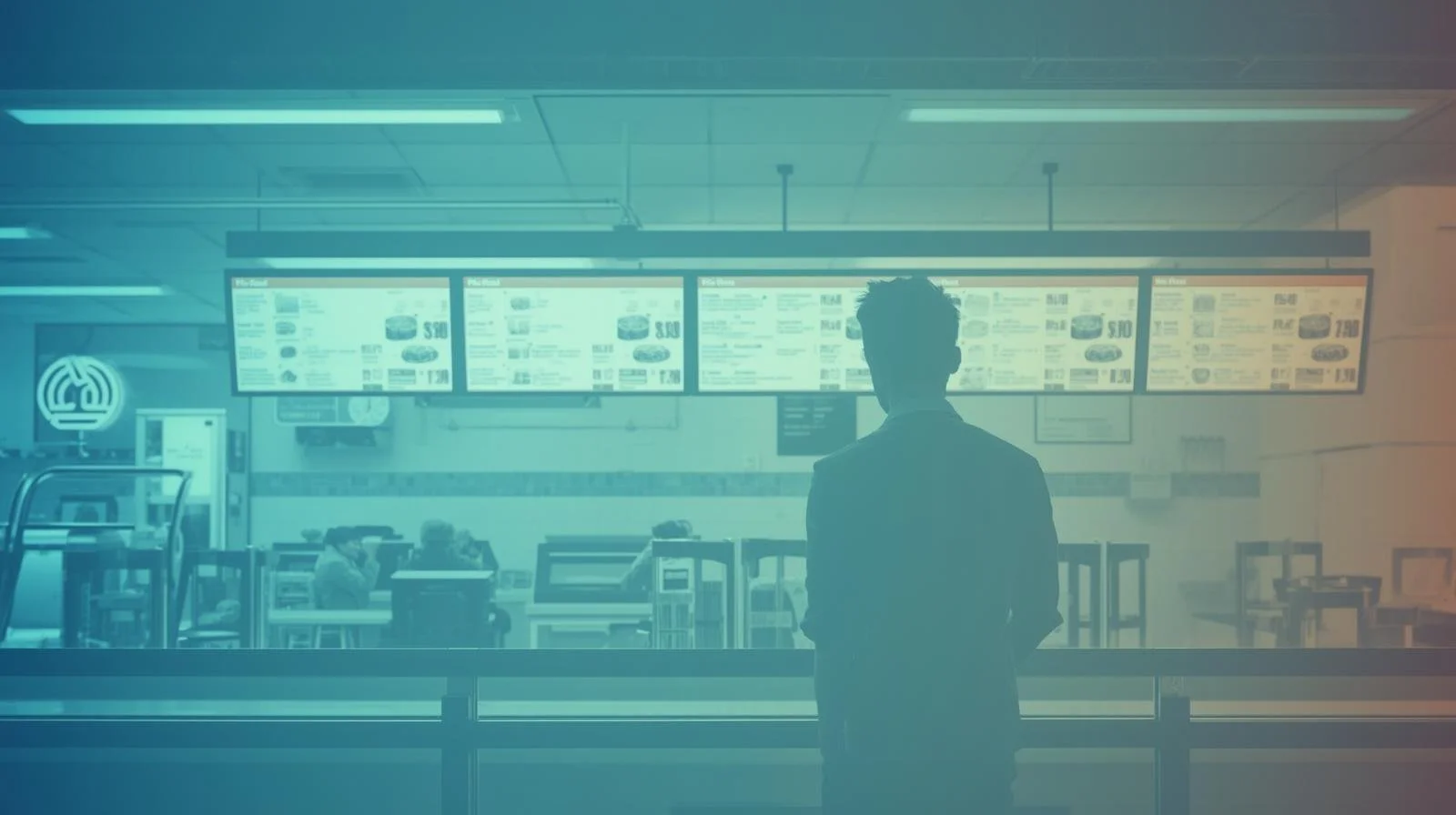Decision Fatigue in the Age of Endless Options
By Dr. Sameer Patel | Behavioral Economist
The Exhaustion of Choice
You’ve scrolled through Netflix for 15 minutes and still can’t pick a movie. Your cart has six brands of almond butter. Your inbox has 19 unread messages that all start with “Quick question…”
It’s not laziness — it’s decision fatigue, the silent energy drain of modern life. Every choice costs a little willpower. Every option your brain evaluates burns a bit of glucose. Eventually, clarity runs out.
The Science Behind the Fog
Neuroscientists have shown that the prefrontal cortex, which handles decision-making, functions like a muscle. After repeated use, it tires. In one famous study, judges were far more likely to grant parole right after lunch than before it — not because of bias, but because hunger and fatigue made them default to “no.”
Decision fatigue pushes us toward the path of least resistance: skipping the gym, ordering the same food, ignoring the hard email. It’s not moral failure; it’s brain math.
Why It’s Worse Today
Modern life is a buffet of micro-choices. We curate playlists, compare reviews, tweak notifications, and adjust thermostat apps — all before breakfast. Our ancestors worried about finding food; we worry about which organic label feels least hypocritical.
Economists call this the paradox of choice: abundance that erodes satisfaction. The more options we have, the less happy we are with the one we pick — because every yes contains a hundred tiny nos.
The Cognitive Cost of Constant Options
Each micro-decision competes for the same finite pool of mental energy. That’s why by 4 p.m. even small questions (“Should I reply now or later?”) feel heavier than they should.
Your brain uses heuristics — mental shortcuts — to cope. You start deferring, avoiding, or impulsively clicking “Add to Cart.” Ironically, this often leads to regret, which restarts the fatigue loop.
Practical Ways to Lighten the Load
1. Automate the Trivial
Eat the same breakfast. Wear a capsule wardrobe. Use default grocery lists. Fewer daily choices = more energy for meaningful ones.
2. Pre-Decide in Calm Moments
Make decisions in advance when emotions are low — schedule workouts, set spending limits, plan meals on Sunday. Future-you will thank you.
3. Limit Menus of Choice
Pick three options, then decide. Research shows humans handle triads best — anything beyond that spikes anxiety.
4. Practice “Satisficing”
Coined by Herbert Simon, this means choosing what’s good enough rather than perfect. Perfectionism is decision fatigue in designer clothing.
5. Add Rest to the Equation
The tired brain overestimates risk and underestimates joy. Sleep and breaks aren’t indulgence — they’re the fuel that keeps reasoning intact.
What Happens When You Simplify
When you reduce decisions, two things return almost immediately: clarity and gratitude. You start noticing the texture of the day instead of evaluating it. Less choosing means more living.
Practical Bottom Line
Freedom isn’t unlimited choice — it’s the ability to choose wisely without collapsing.
Simplify the small so you can decide big.
Author Bio
Dr. Sameer Patel is a behavioral economist studying decision-making, cognitive load, and emotional spending. His writing explores how small daily choices shape well-being and productivity.
*Guest contributions reflect the personal experiences and perspectives of their authors. While every piece is reviewed for quality and respect, the ideas shared may differ from the views of Josh Dolin. Readers are encouraged to take what resonates and leave the rest.

